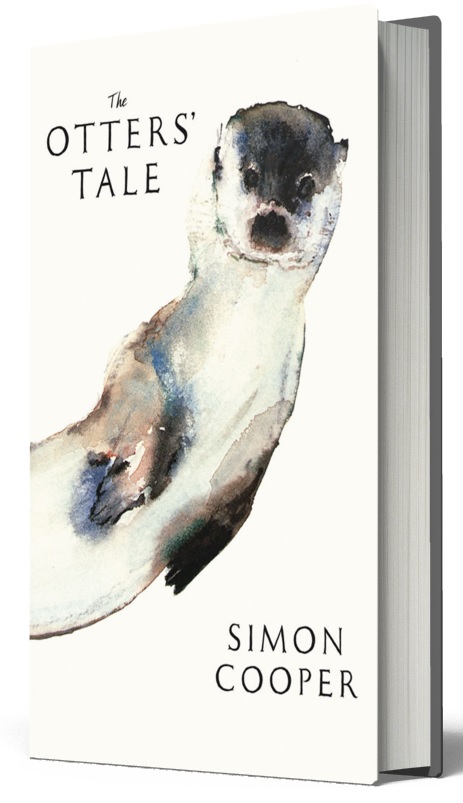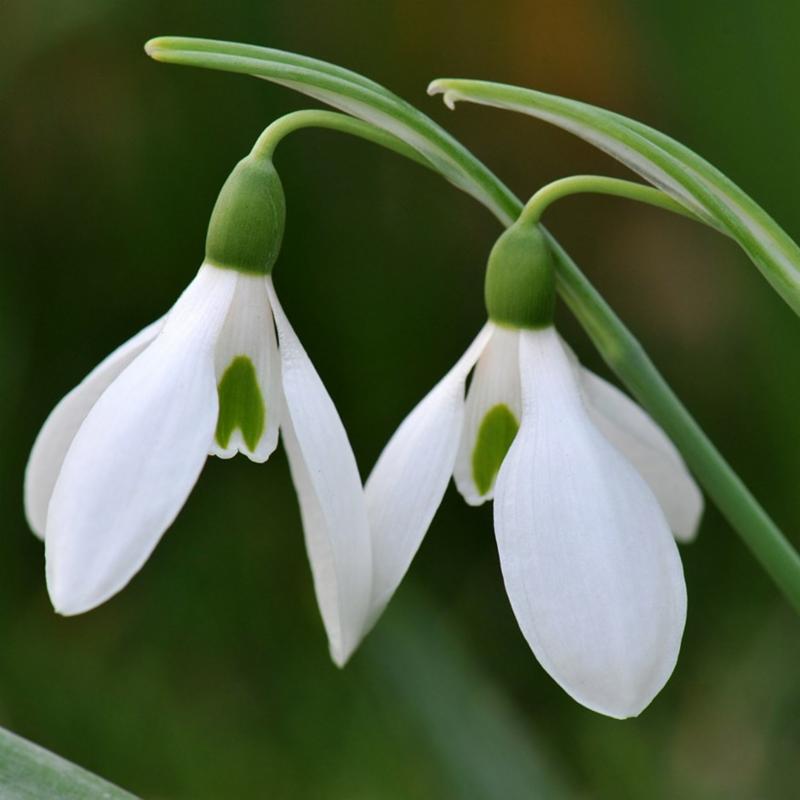More or less protection for
grayling?
The
Environment Agency (EA) have just launched a consultation on the current coarse
fish close season that runs 15 March to 15 June. In essence the options
suggested are: retaining the current statutory close season, retaining a close
season but starting on 15 April and ending on 30 June or removing it
altogether. This applies only to rivers; enclosed stillwaters and canals do not
have close seasons.
I must admit I had always
assumed the close season was something of a modern construct but in fact it
dates back all the way to 1878 when the MP for Sheffield Anthony Mundella
championed the legislation. It seems match angling was a big pastime with club
competitions major events. However, this was long before the advent of keep
nets so all fish were killed for the weigh-in and in the absence of a close
season many spawning fish perished.
The original draft bill
proposed a close season from 1 March to 31 May but this was hotly contested by
the angling clubs in the North, the London Anglers Association and the
Piscatorial Society. In the absence of a consensus a compromise was reached; 15
March - 15 June passed into law and it has remained as such for 140 years. The
only significant change was the deregulation of stillwaters in 1995 and canals
in 2000.
I have to also admit I was
largely ignorant until today of the detail of the various coarse fish spawning
period; stupidly I assumed that they were all of a piece but the chart from the
Environment Agency is enlightening. Firstly, I think it shows the amazing knowledge
of our Victorian forbears; in an age before the science we have today they
really nailed it for a majority of the species. That said it is interesting to
note that across all coarse fish the spawning season runs for seven months with
some very distinct differences in behaviour.

On the basis of the grayling
data which shows their peak spawning period being March to May I will be
changing our self-imposed closed season. Currently on some of our rivers we
grayling fish right through to 14/March; in future this will be taken back to
28/February. The earlier closures will remain unchanged.
As to the wider consultation
I do rather find myself scratching my head at the second proposition with a
revised close season of 15/April - 30/June. This removes protection for ten
species during the first half of April, a peak spawning month and is doubly
hard on pike, dace and grayling who will lose a full month of protection.
Personally I would think 1/April makes more sense with some separate 1/March
provision for dace, grayling and pike. As for removing the close season
altogether I find the suggestion both repugnant and unconscionable in an age
when we are trying to conserve wild species.
|
|
 |
|
|
Image courtesy of Chalkstream Fly
|
But my opinions are simply
that: opinions. What we need is some hard science. In 2004 when this issue was
last discussed at an official level the EA looked into commissioning research
to fill the knowledge gaps, but it didn't happen as the cost of £200,000+ was
considered prohibitive. I have no idea how we might go about paying or
conducting such research but before changing anything it needs to be done.
We've got along fine for 140 years; another two or three years to get it right
is worth the wait.
If you'd like to have your
say the EA press release says: Consultation has started on the future of
the close season for coarse fish on rivers. To find out more click here. Next week we'll invite over
500,000 anglers to respond to the consultation when we send our January
e-newsletter to online buyers.
Editor Note: The EA actually
started the consultation process in May/June 2018 inviting 20,000 randomly
selected anglers from across England to provide their views on the coarse fish
close season. Of the 5,147 anglers that took part, 2,553 (49.6%) would like to
see a change, with 2,190 (42.5%) wanting to keep the close season as it is.
Only 404 (7.9%) are undecided. Of those opting for change, 1,695 (32.9%) are in
favour of abolishing the close season altogether and 858 (16.7%) prefer a
change to the current close season start and end dates.
100%
Price Promise
The
internet has changed if not everything then most things; my business is no
different. I started Fishing Breaks in the world before the worldwide web when
the main source of clients were adverts in
Trout &
Salmon and meticulously crafted mailshots to micro-targeted mailing
lists. Goodness it was hard.
 Pricing the fishing you sold
was something of a dark art. Some agents charged a percentage as a booking fee.
Others received commission from the owner. But most, relying on the ignorance
of the clients, simply marked up the rates as much as they thought the market
would stand. It led to many a fraught post-fishing conversation when two rods -
one booked through an agent and the other direct through the owner - compared
notes. If you thought Ryanair's Michael O'Leary was unpopular .......
Pricing the fishing you sold
was something of a dark art. Some agents charged a percentage as a booking fee.
Others received commission from the owner. But most, relying on the ignorance
of the clients, simply marked up the rates as much as they thought the market
would stand. It led to many a fraught post-fishing conversation when two rods -
one booked through an agent and the other direct through the owner - compared
notes. If you thought Ryanair's Michael O'Leary was unpopular .......
Today the transparency and
ubiquity of the internet lays all prices out there for all to see; a few clicks
of a mouse will show you the best i.e. lowest price. I understand that. I do it
every day as a consumer myself. My business should be no different. And it
isn't.
At Fishing Breaks I give you
my 100% Price Promise. You will not be able to buy our fishing cheaper anywhere
else. There are no booking fees. No credit card charges. The prices you see on
the web site are those we have agreed with the owner. If they sell direct to
the public our prices will be precisely the same.
If you see or hear any
different let me know. I am determined to offer not only the best service but
the best price. Always.
New for
2019 - Coombe Mill
It is
always exciting to have a new beat. Most years I manage to entice one or two
into the Fishing Breaks fold so for 2019 I am delighted to welcome Coombe Mill.
|
|
 |
|
|
For those of you who know
our current beats on the River Avon, namely Avon Springs and Upavon Farm,
Coombe Mill is pretty well equidistant between the two so upstream of Avon
Springs with the Services Dry Fly Fishing Association largely occupying the six
miles of water in between. In fact where Coombe Mill starts the Army water
ends; it is proper Frank Sawyer territory.
We sent our Guide Bob
Preston, something of a grayling addict, to do a post trout season recce. I
hesitate to tell you this but Bob lost count at fifty, though with due modesty
he says they were mostly small. But regardless this gives you an indication of
how prolific this section of the Avon, an all wild fishery, can be.
The season opens April 15
(£125/Rod) with the prime Mayfly May 15 - June 15 (£145/Rod) though many of you
will know that the Avon has regular Danica hatches all through the
summer. Coombe Mill is for one or two Rods, with a resident keeper and all the
facilities including a rather quaint Shepherds Hut that doubles as the fishing
cabin. More details here .....

The
Otters' Tale talk
It is
always good to be invited back. In November I hosted a
Life of a
Chalkstream lunch and talk at the Sir Harold Hillier Jermyns House just
outside Romsey, Hampshire.
It was a full house and a
lovely crowd with the most fun bit for me always the Q&A session at the
end. In fact it went on so long (I think it was interesting ....) that the chef
appeared to complain that our lunch was getting cold!
I'm delighted to be going
back for The Otters' Tale. The talk takes place at 11.30am on Thursday
February 28th. For tickets and information contact the event
organiser Terry Lewis terry.lewis@hants.gov.uk 01794 369319
The Quiz
A New Year
of questions to hopefully entertain and enlighten. As ever it is just for fun
with the answers at the bottom of the Newsletter.

1) Which Conference opened on
this day in 1919?
2) What is a tepal?
3) What is the origin of the
term 'coarse' in relation to fish?
All the best for 2019.
Best wishes,
Simon Cooper simon@fishingbreaks.co.uk
Founder & Managing Director
Answers:
1)
The Paris Peace
Conference that resulted in the Treaty of Versailles.
2)
A tepal is one
of the outer parts of a flower. The snowdrop has six; outer and inner rings of
three.
3)
In the Middle
Ages when bream and their like were commonly eaten the flesh was often
described in the literature of the time as 'coarse'.
